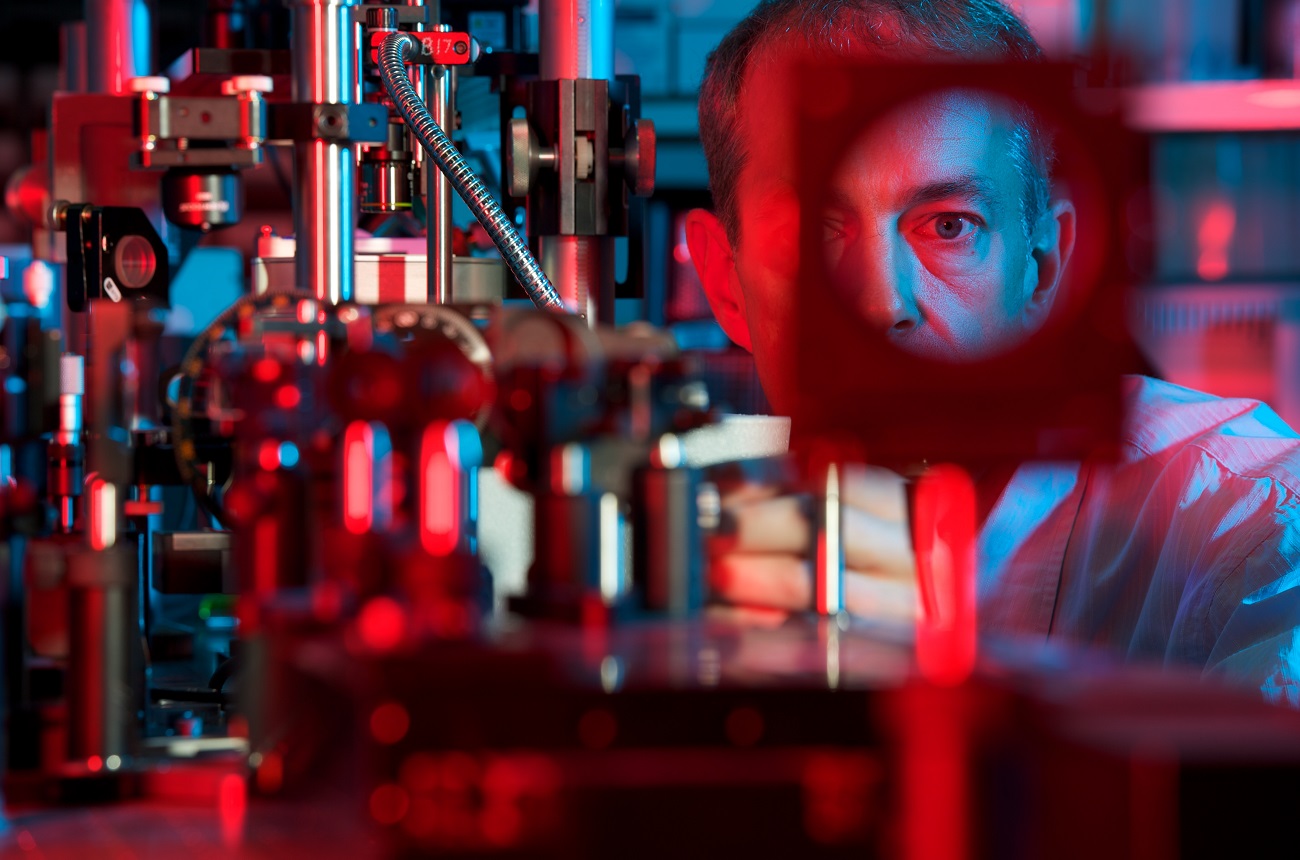Idaho National Laboratory to lead new Energy Frontier Research Center
The U.S. Department of Energy has announced 22 new Energy Frontier Research Centers (EFRCs), including one that will be led by Idaho National Laboratory. This is the second time INL has won the opportunity to lead an EFRC.
“This is a great accomplishment for INL, and we are honored and excited for the opportunity to lead an EFRC and support two others,” said INL Director Mark Peters. “These centers play an important role in accelerating scientific breakthroughs that allow us to resolve our nation’s energy challenges.”
Established by the Department of Energy’s Office of Science in 2009, the EFRC program brings together researchers from multiple disciplines and institutions to accelerate transformative discovery at the frontiers of science. The centers conduct fundamental research focusing on one or more “grand challenges” identified in major strategic planning efforts by the scientific community.
The Center for Thermal Energy Transport under Irradiation (TETI) led by INL will make it possible to accurately model and improve how heat moves through materials in extreme irradiation environments.
In advanced nuclear fuels, one of the most important material properties is the transport of thermal energy, which relates directly to reactor efficiency and safety. The aim of TETI is to reveal the fundamental physical mechanisms driving heat transfer in advanced nuclear fuels under irradiation.
“The fundamental physics behind heat transport is not well understood,” said Peters. “This center will provide knowledge needed to tailor defects and microstructure in a way that could improve heat transfer in advanced materials.”
TETI partners include Columbia University, Purdue University, The Ohio State University, Oak Ridge National Laboratory, University of Central Florida and Air Force Research Laboratory. Funding for all partners will total $11.5 million over four years (subject to Congressional appropriations, progress toward research objectives and other factors).
“Realizing the TETI research mission will provide tremendous new opportunities for the energy materials community,” said David Hurley, INL Directorate Fellow, who is leading TETI. “Examples include new computational tools to enable high-throughput compositional screening of advanced fuels, tailoring electron and phonon transport in advanced thermoelectrics, and harnessing strong spin-orbit coupling to realize new paradigms for quantum materials.”

INL also is a partner on two other new EFRCs. The University of Utah will lead the Center for Multi-Scale Fluid-Solid Interactions in Architected and Natural Materials (MUSE), which will include support from INL’s subsurface modeling team, led by Hai Huang. Brookhaven National Laboratory will lead the Center for Molten Salts in Extreme Environments (MSEE), with INL support led by Directorate Fellow Simon Pimblott, the EFRC’s deputy director.
The latest cohort of EFRCs, selected by competitive peer review, includes renewal of nine existing centers and 22 new ones. All of the centers will be funded for up to four years.





